[China: World Residence Tour] The Living Environment and Cleaning Conditions of Chinese Housing
- Release date: Mar 08, 2021
- 14240 Views
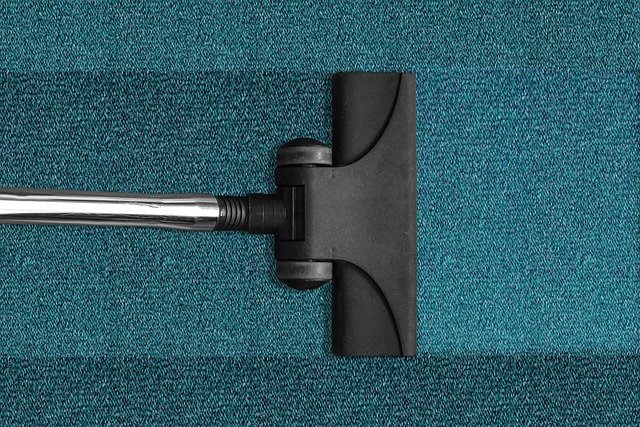
List of related articles
Vol.1:[China] Why do the Chinese consumers prefer closed kitchens even though they love to talk?
Vol.2:[China] Why bathroom and toilet are relatively small in Chinese households?
Vol.3:[China] The entrance and refrigerator are the key to understand how do Chinese households use living room
Vol.4:[China] How do Chinese households use their balcony?
Vol.5:[China] High flexibility on electric wiring
Vol.6:[China: World Residence Tour] Chinese Lifestyle as Seen from Small Items in the Home
Vol.7:[China: World Residence Tour] The Living Environment and Cleaning Conditions of Chinese Housing
Vol.8:[China: World Residence Tour] Different air conditioner choices for different spaces and regions
Vol.9:[China: World Residence Tour] Ideas about Privacy and Storage
Vol.10:[China: World Residence Tour] Why do they install washing machines in the bathroom or laundry area?
Vol.11:[China: World Residence Tour] Ancient wisdom on how to cope with the heat
第12回:【中国】年収が同じでも、エリアの差が激しい生活環境
第13回:【中国】部屋から分かる高所得層の家電ブランドを探る
第14回:【中国】「国潮」に影響された化粧品ブランドの選好
第15回:【中国】ミレニアル世代の子育て事情
第16回:【中国】中国人の衛生意識
第17回:【中国:地球の暮らし方】「顔値経済」に影響される男性の化粧品使用
第18回:【中国:地球の暮らし方】パンデミックによる伝統医療への再認識をチャンスに
第19回:【中国:地球の暮らし方】じめじめした日に悩みを抱える中国南部の住宅
第20回:【中国・ベトナム:地球の暮らし方】おいしい酸味の秘訣とは
第21回:【中国:地球の暮らし方】子供の成長を考慮した部屋作り
第22回:【中国:地球の暮らし方】 競争社会における早期教育の需要
第23回:【中国:地球の暮らし方】地域とキッチン
第24回:【中国:地球の暮らし方】中国消費者のデンタルケア事情
第25回:【中国:地球の暮らし方】急速に発展するEV市場
第26回:【中国:地球の暮らし方】室内空気質へのこだわり
第27回:【中国:地球の暮らし方】中国人は水よりお湯を好む理由
第28回:【中国:地球の暮らし方】給湯器の普及と使用実態
第29回:【中国:地球の暮らし方】 寝室から見るライフスタイルの変化
Different flooring materials for different spaces
As I have mentioned before, the handover of houses in China differs from that in Japan in that the houses are handed over as skeletons. This has the disadvantage of requiring additional cost and effort for interior work. On the other hand, there is the advantage of being able to freely decorate the house according to one's lifestyle. Therefore, flooring materials are often laid according to the characteristics of the space. Of these, the most different from Japan is the flooring used in living rooms and kitchens. In Japan, living rooms and kitchens are often already floored before you move in, especially in condominium-type buildings. In contrast, in China, some families put marble or tiles on the floor.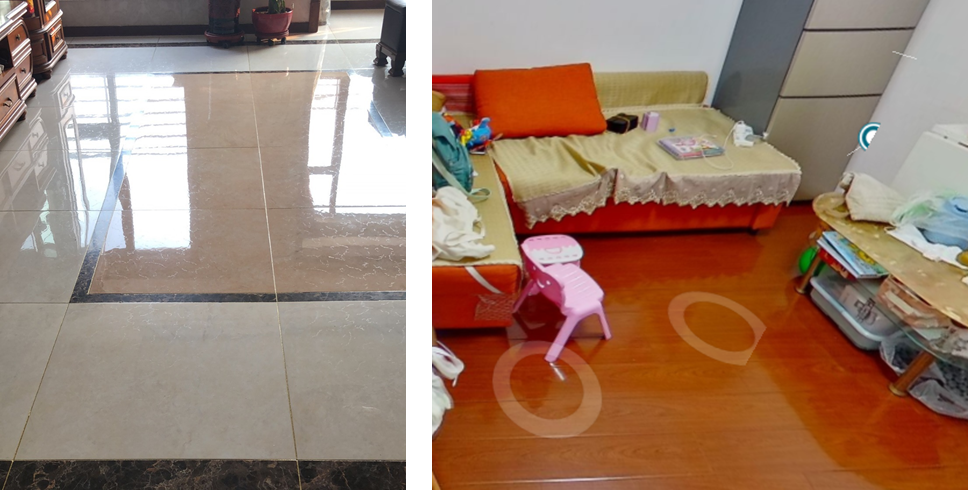
* Source: Consumer Life Database (Consumer Life Panorama)
* For an overview of Consumer Life Panorama (click here) In the living room of Chinese households, there is a division between marble/tile and wood flooring. There are three main reasons for marble/tile households. First, marble is more elegant than wood flooring. Secondly, marble/tile is scratch resistant and easy to maintain. Thirdly, marble/tile is easy to clean. On the other hand, there are two main reasons for households to install wood flooring. One is that the atmosphere of a home with wood flooring feels warmer. The other reason is that wood flooring is softer than marble and more child-friendly. Also, for kitchens that are close to the living room, most families opt for marble/tile. The reason for this, along with the reason why Chinese people prefer to have a separate kitchen, is because of the way Chinese food is prepared. Unlike Japanese cuisine, Chinese cuisine universally uses oil-intensive cooking methods such as stir-frying, deep-frying, and baking, which often results in splashing oil on the stove and floor. Most households choose marble/tile because it is easier to clean the splashed oil.
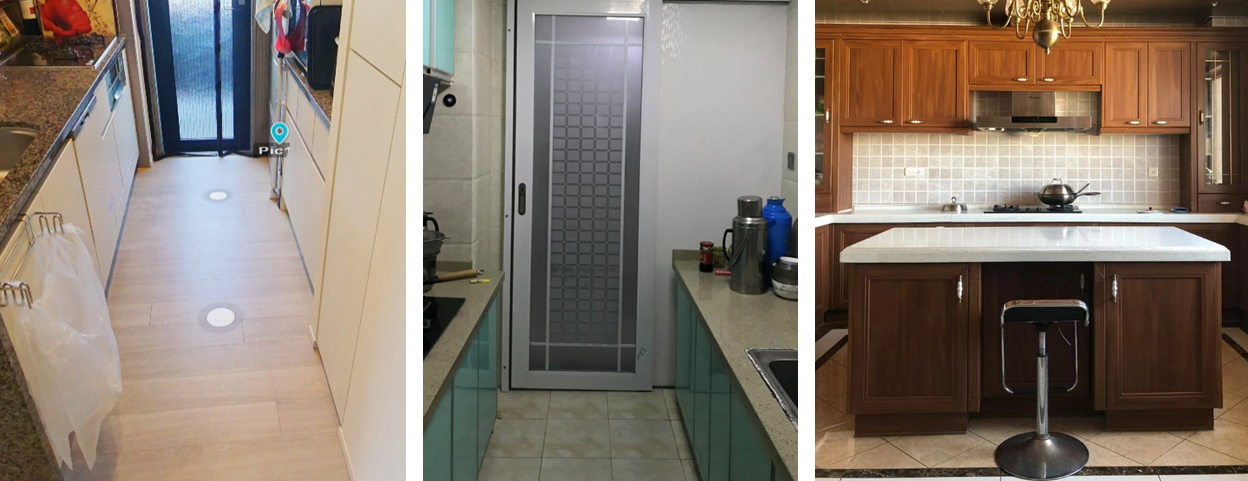
* Source: Consumer Life Database (Consumer Life Panorama)
* For an overview of Consumer Life Panorama (click here)
Cleaning order and tools to use
In China, when we talk about sweeping the floor, we are not just talking about sweeping dust and debris. For this reason, in addition to brooms and vacuum cleaners, mops and floor wipers are often used together. The order of use varies from household to household, but one common example is to use a broom or vacuum cleaner first to sweep up dust and dirt, then a wet mop to wipe the floor, and finally a dry mop to wipe the floor. For Chinese people, it is important to wipe the floor with a mop as well, because sticky and grease stains on the floor cannot be removed with a vacuum cleaner or broom.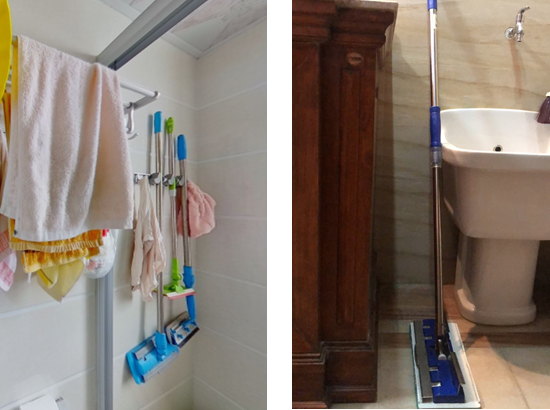
* Source: Consumer Life Database (Consumer Life Panorama)
* For an overview of Consumer Life Panorama (click here) In addition to mops and floor wipers, there is something unique about vacuum cleaners. In Japan, vacuum cleaners are often put away in a storage space in the entrance or living room, but in China, there is no such storage space, and many vacuum cleaners are placed directly in the room. In addition, among the Chinese households surveyed by Consumer Life Panorama, there are many households that have vacuum cleaners, but not many that have robot vacuum cleaners. In fact, even though the market for robot vacuum cleaners in China is growing right now, the penetration rate is only 3%. Some of my friends in China actually said that they are planning to buy a cordless vacuum cleaner in the future, but are not thinking about a robot vacuum cleaner yet, while others bought a robot vacuum cleaner but do not use it often. The reasons cited were the worry that they would not be able to clean properly, or that they would make too much noise while working at home.
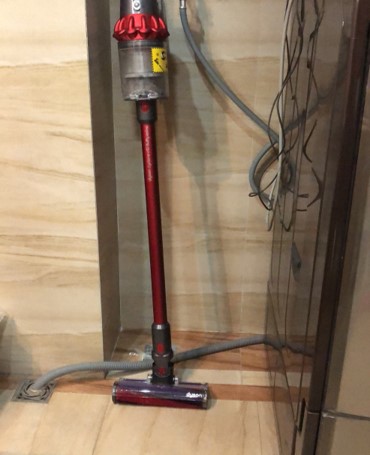
* Source: Consumer Life Database (Consumer Life Panorama)
* For an overview of Consumer Life Panorama (click here)
What is Consumer Life Panorama?
Intage's web-based database of real consumer lifestyles in Japan and overseas.The database can be used to intuitively understand the daily flow of life, living environment, and digital life.
To view the Consumer Life Panorama demo site here
For an overview of Consumer Life Panorama here Translated with AI Translator
-
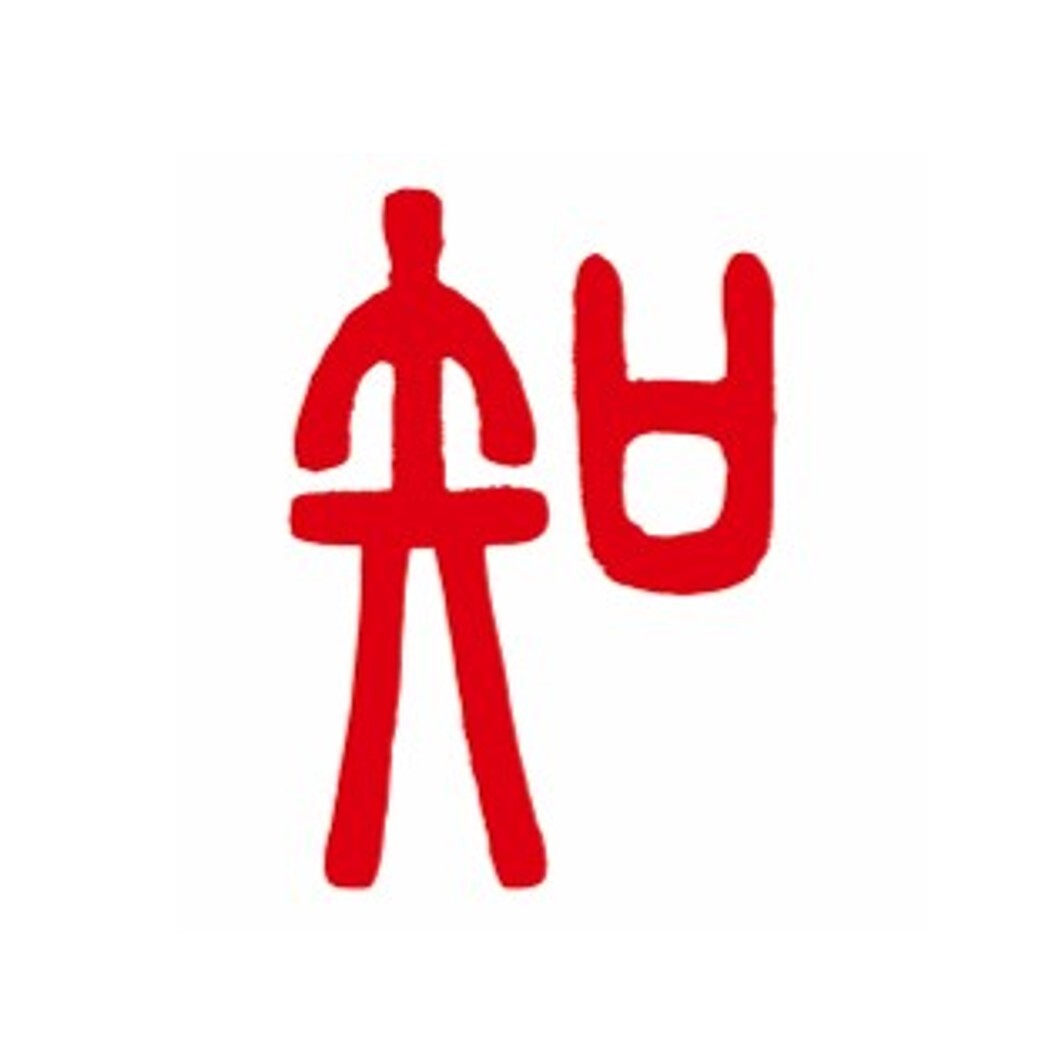
Author profile
Yang Yan
A Chinese researcher living in Japan, reporting on the actual living conditions of overseas consumers, mainly in China. A robot vacuum cleaner is very useful for our dual-working family.
-

Editor profile
Yusuke Tatsuda
In charge of creating the Global Market Surfer website. She thinks that her little daughter will break the robot vacuum cleaner and is not ready to introduce it yet.
 Global Market Surfer
Global Market Surfer CLP
CLP